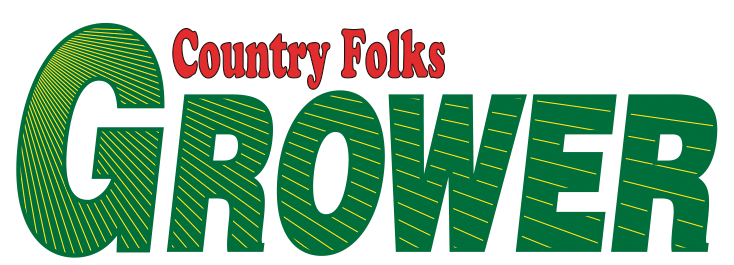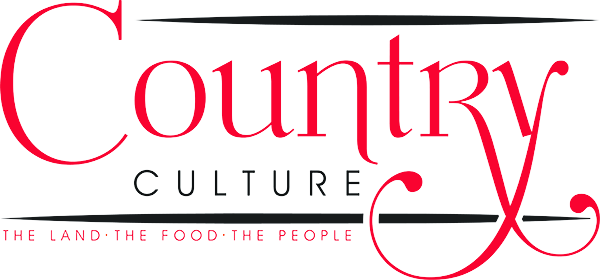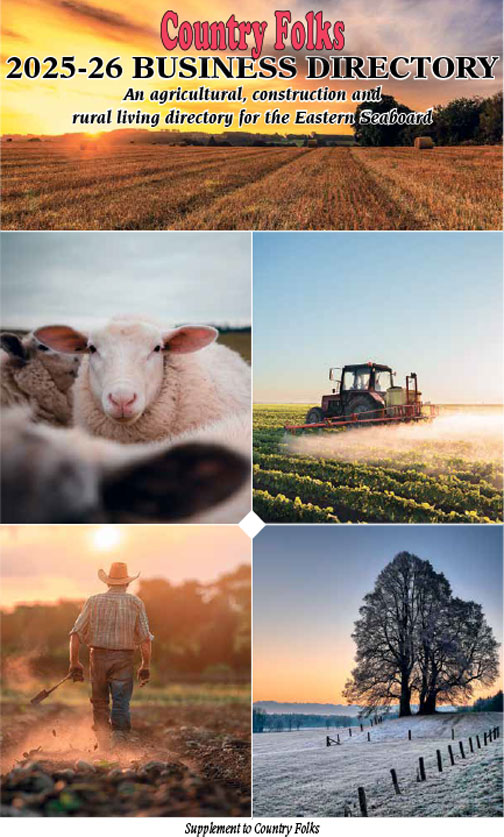Balancing nutrition for pregnant beef cows
Calves that are born healthy with an opportunity to mature are the goals of a solid cow/calf operation. With this in mind, “Kickstarting the Beef Calf for Success” was the focus of a beef field day hosted recently in Hershey, PA.
Dr. Robert Van Saun, Extension veterinarian and professor of veterinary science, Penn State, said that while that nutrition isn’t emphasized in vet school, his interest in the topic led him to further study.
“They teach us in vet school how to fix the broken cow, but do you want your cows to be broken so I can fix them?” said Van Saun. “Nutrition is critical for normal body functions, response to disease and preventing disease.”
He noted that science is still discovering the importance of beef cattle nutrition, which begins as soon as females conceive.
“Once the egg and sperm come together to make an embryo, all the organs of the future calf are developed in 42 days,” said Van Saun, adding that poorly fed cows can’t support a developing embryo. “When we wean calves, we don’t want cows to get fat, so we put them on corn stubble or poor-quality hay. That impacts the developing fetus even though there’s no significant requirement at that time.”
The recent Nutrient Research Council (NRC) for beef cattle established intake levels based on neutral detergent fiber (NDF) – the fiber content of the feed. “Most ruminant animals can eat approximately 1.1% to 1.3% of their body weight as NDF,” said Van Saun.
Beef producers can assemble ingredients and balance a diet, but if cows can’t eat the amount necessary to meet dietary needs, they won’t get sufficient nutrients. Van Saun suggested a minimum of 2 lbs. of crude protein (CP) intake for pregnant beef cows.
Forage is an excellent feed for beef cattle, but forages vary greatly in protein content. One forage may have 13% CP, while another forage that looks almost identical is only 6.9% CP. “You can’t keep a beef cow alive with 6.9% CP, yet people call me in spring wondering why calves are dying,” said Van Saun. “It’s often due to poor forage.”
He referenced a study indicating that when cows were fed less than 1.5 lbs. of CP, weak calf syndrome was almost 10%. Calves born to heifers that received low protein couldn’t generate body heat, resulting in low survival rate.
The outward appearance of hay doesn’t dictate protein or energy, and it’s impossible to see its mineral content. Van Saun said NDF of 75% is close to being straw, yet that’s what some beeves receive throughout the demanding several months prior to calving. With inadequate energy, the cow will lose body condition.
High starch diets aren’t advised for pregnant beef cows due to concern about excessive birthweights. “There are data that suggest that increased starch content in the diet can increase colostrum volume,” said Van Saun, “but we don’t want to select for real high milk production because that will cause a dilution of IgG.”
Fiber-digesting bugs in the rumen require rumen ammonia, which comes from degradable protein such as soy or canola in the diet. This protein supplies the nitrogen necessary for bugs to degrade fiber. With a starved rumen, fiber digestibility is decreased and cows’ rumens are filled with relatively useless fiber. Cows with packed rumens can starve due to insufficient nitrogen to degrade plant cell walls.
While many producers rely on protein/mineral tubs to balance diets, Van Saun cautioned against using tubs that include urea as the primary nitrogen source, especially if offered along with poor quality forage. Read the labels to make sure the contents aren’t heavy on urea. Labels are required to say “x amount of protein is from non-protein nitrogen sources,” which could be as high as 40%.
Throughout the Northeast, beef cows are on pasture for a substantial portion of their pregnancy. While grazing usually provides adequate nutrition, forage growth is dependent on temperature, precipitation and light. In winter, cows are often fed round bales, but bale storage makes a difference in feed quality. If large round bales are made with too much moisture, there’s potential for mold growth that leads to poor quality and lower consumption – and more serious issues, such as clostridium.
Producers who opt to feed baled silage should be aware of the differences between dry hay and silage. “During fermentation, silage consumes some of the sugars present in forage,” said Van Saun. “This results in slightly lower available energy depending on how well it’s fermented. Silage itself, because of the pH, increases fiber digestibility over time.”
Vitamins and minerals are critical throughout pregnancy and can have long-lasting effects on calves. “Vitamins A, D and E don’t cross the placenta,” said Van Saun. “Those are in colostrum. If the pregnant cow isn’t fed sufficient vitamins and calves are born in late winter or early spring, calves will be deficient. Cows have been on stored hay, which has almost no vitamins, and need to raise vitamin concentration. Don’t remove vitamins and minerals post-weaning/early pregnancy.”
Another challenge throughout the Northeast is copper status. While most forage has adequate copper levels, high sulfates in water interfere with copper availability. In areas where molybdenum is high, usually from zinc smelting plants, the issue is more complex. Molybdenum moves through the air, settles on pasture and is taken up by plants. In the rumen, sulfur and molybdenum combine to create a compound that binds copper and makes it unavailable.
Van Saun advised a copper-to-molybdenum ratio of 6:1 to 10:1. A ratio below 4:1 can induce copper deficiency that may result in coat coloration changes, reproduction problems and calf losses. Excess copper is also a problem and can result in copper toxicosis.
Selenium deficiency is a serious issue in many regions. Van Saun said despite mineral mixes formulated for cattle, some animals are still selenium deficient.
“Companies are adding carriers and expect higher intake than what cows actually consume,” he said. “That’s important. Put out mineral and monitor to figure out, on average, how many ounces cows are consuming per day according to the company. If they aren’t consuming that amount, they aren’t getting necessary minerals.”
It’s worth consulting with the herd veterinarian regarding forage testing and supplements to ensure calves have a solid start.
by Sally Colby





